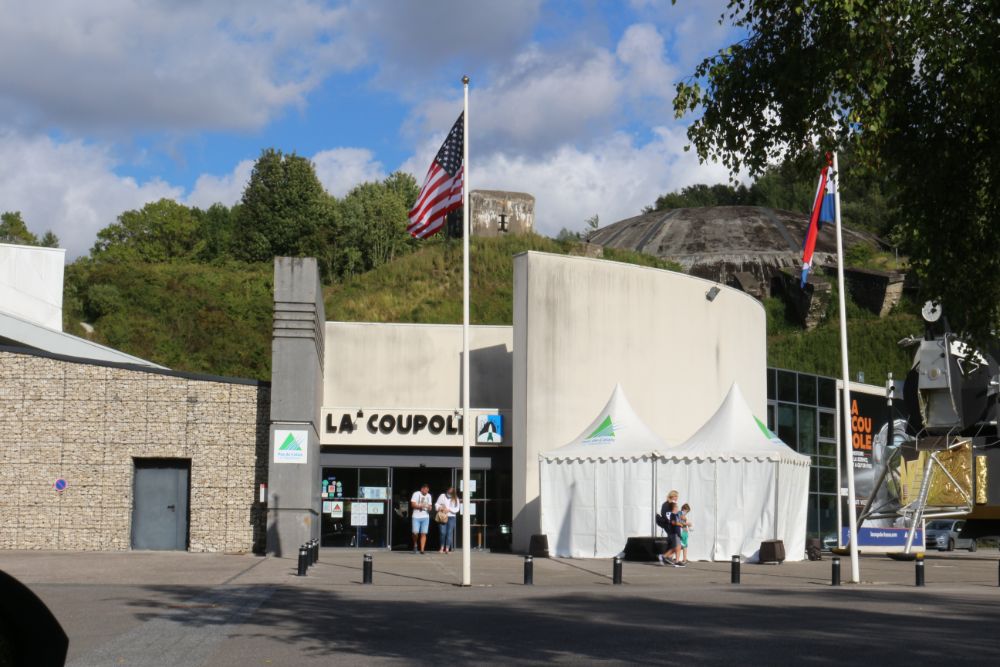Well, I was responding to @OPSSG repeated trumpet blowing of how great is Singapore's defence planning. We can agree that democracies and non democracies can screw up defence planning, which means that political systems are hardly a good measure.
UK is shitshow as far as defence planning is concerned. Successive SDSR have basically decimated their capabilities. And if Germany is any measure to go by...
While I agree that inconsistent Defence planning is not ideal, I think this is more than offset - by an order of magnitude in my view - by the financial resources, productive capacity and willingness to fight of your average citizen in a market based democracy. This is a war winning combination.
Autocracies have shown time and time again that they are excellent at mobilising otherwise unused resources, but stagnate in the middle income trap due to lack of rewards for entrepreneurship, lack of property rights so that you can keep those rewards and endemic corruption working against efficiency and productivity. The USSR (growth from the 1930s to 1960s, stagnation thereafter) and the PRC (growth 1980s to 2020s, looking to be slipping into stagnation) are both textbook cases.
Singapore is, in my view, the exception rather than the rule a in that:
1) Unlike most autocracies it is underpinned by English institutions, most notably the common law.
2) It’s small. I don’t think you can repeat its model at scale.
3) It benefits tremendously from its geographical position.
4) It benefits tremendously from its status as a tax haven.
5) Lee Kuan Yew was, frankly, a genius and the closest thing to a true benevolent dictator. Good luck finding another one of those to set up your country.
Long story short, and bringing it back on topic, there’s a very good reason why liberal democracies are able to wipe the floor with any autocratic opponent in a conventional war if the sufficiently unified and motivated. Look at what’s happening to a supposed super power who is having a proxy tangle with the West. This isn’t a coincidence.

